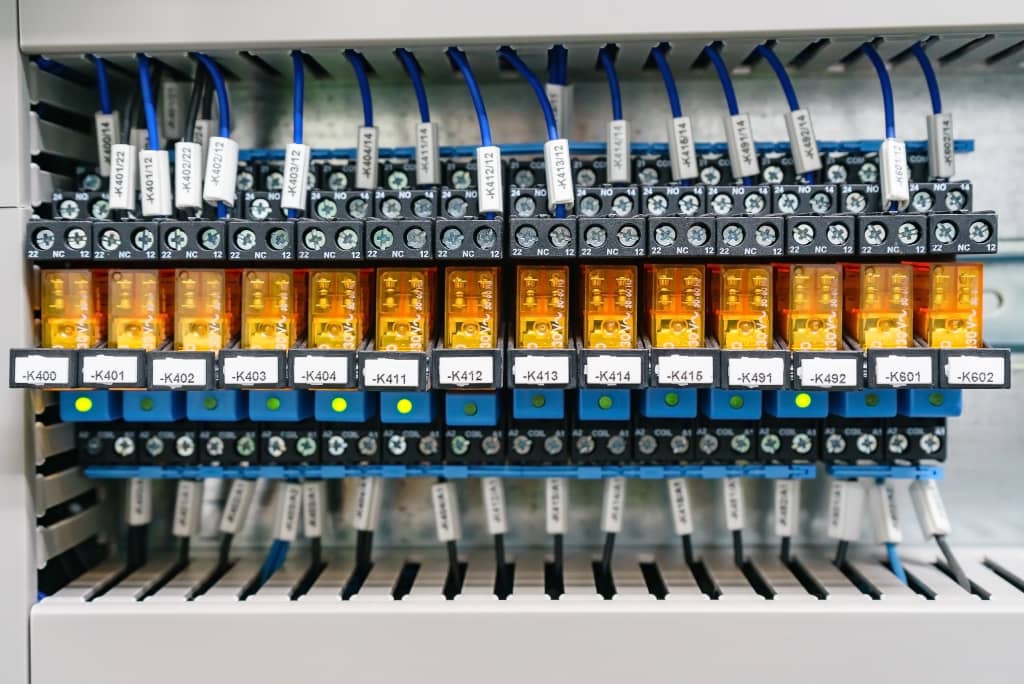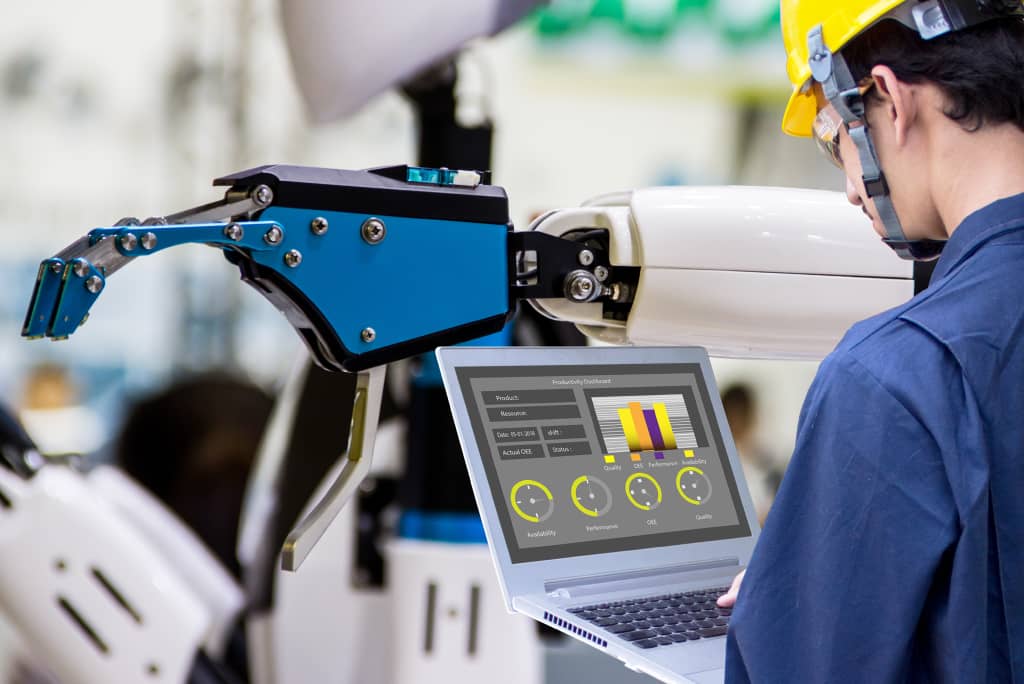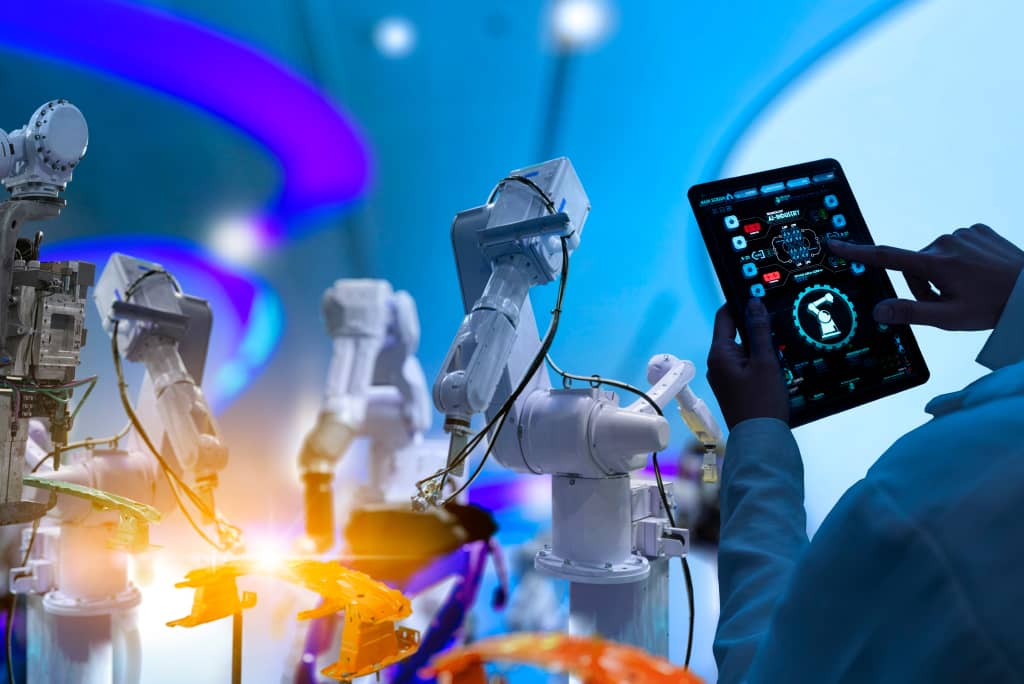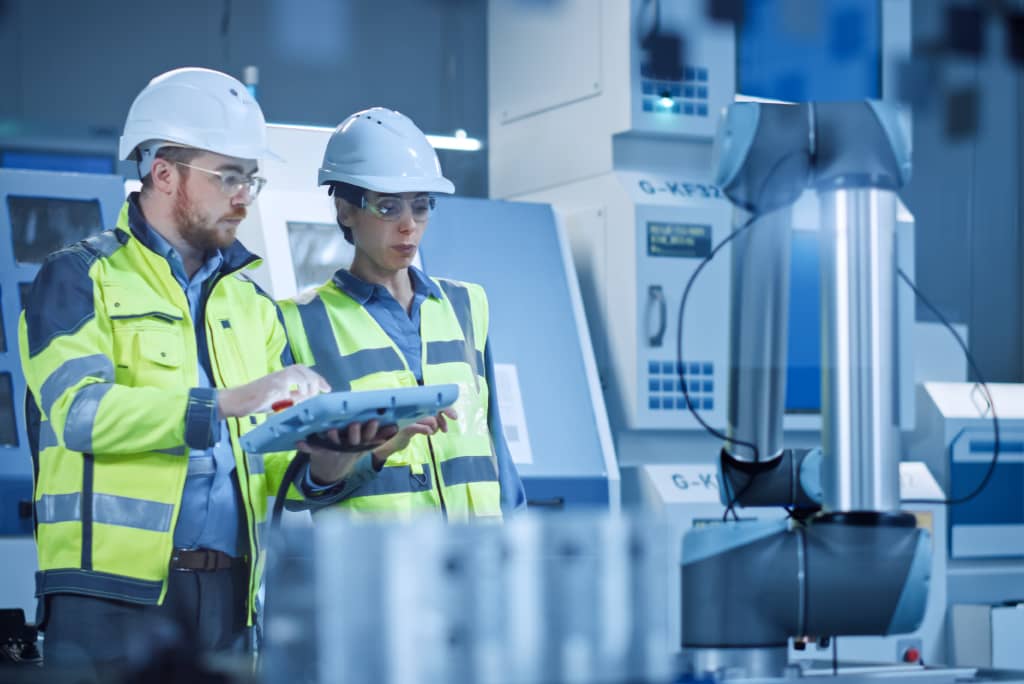RECENT POSTS

Achieving Plantwide Visibility Through Rockwell’s Integrated Architecture
Achieving peak manufacturing performance requires a real-time understanding of all equipment statuses, production metrics, quality indicators, and material flows.
Yet, compiled across disconnected sensors, historians, controllers, and information systems, stitching together a coherent data picture proves nearly impossible. This forces managers to operate on limited visibility, leading to chronic inefficiency.
Rockwell Automation Tackles Fragmented Infrastructure Through Its Integrated Architecture
Rockwell Automation provides relief from fractured architectures strangling operational visibility through its Integrated Architecture approach. Integrated Architecture delivers a unified environment interconnecting all automation components onto a common Ethernet backbone. This allows the free flow of data from machine processes up through MES and ERP layers.
Powering Rockwell Automation Integrated Architecture, the Logix control platform uses standardized networking protocols such as Ethernet/IP, enabling simple device integration. Servers streamline data aggregation into contextualized reporting. FactoryTalk industrial software suites visualize information flows across the plant through intuitive HMI graphics. Allen-Bradley Stratix ethernet switches manage network traffic with robust cybersecurity provisions.
Together, these technologies collapse data silos that constrain awareness. Operators access consistent live metrics from any point in the infrastructure through Rockwell Automation Integrated Architecture’s end-to-end connectivity standards. The open model also avoids vendor lock-in, allowing organizations to build best-of-breed environments.
This order brings clarity to chaos on the plant floor, empowering data-driven improvement.
Enabling Faster Incident Response Through Unified Architecture
Fragmented communication channels overwhelmingly complicate triaging downtime events or quality excursions. Hundreds of discrete alarms flood HMIs during disruptions, making isolating the root issue nearly impossible. Constant manual monitoring also leads operators to miss critical early warning signs of deterioration.
The Rockwell Automation integrated architecture builder download helps overcome these barriers by funneling data streams into a unified analytic engine like FactoryTalk InnovationSuite. It ingests multitudes of sensor signals and control codes to parse high-priority failures from noise through machine learning algorithms. Operators instantly see contextualized alerts, with equipment hierarchies pinpointing the source issue. Recommendations guide next-best actions while tracking impact over time.
Integrating physical infrastructure with intelligent software through Integrated Architecture allows rapid sense-making amidst chaos. Removing the need to correlate hundreds of disjointed signals, operators reliably identify incidents early and resolve them faster. This significantly minimizes the cost of unplanned downtime and product losses from variability.
Architecting for Success with an Expert Partner
Transitioning from disjointed controls and instrumentation to Integrated Architecture poses both technological and organizational challenges around change management. Simply ripping and replacing infrastructure breaks connectivity in the interim, causing more harm than good. Careful scaffolding proves essential.
Trusted Rockwell partner Pacific Blue Engineering (PBE) provides this methodical guidance honed from architectures implemented across industries. PBE specialists design Integrated Architecture roadmaps aligned to use cases with phased rollout plans. It oversees hardware and software rollout while monitoring performance metrics to catch snags preemptively. Users are trained on new HMIs and information access to ensure smooth adoption.
The Pacific Blue Engineering team stays engaged post-deployment to handle maintenance, enhancement projects, and architecture optimizations as needs evolve. Their involvement aligns all infrastructure touchpoints to Integrated Architecture’s standards from the start for sustainable value over decades, not just years. Attempting modernization without an expert adviser often degrades into reactive firefighting.
Balancing Optimization with Safeguards
Seeking maximum throughput and uptime goals, operators are tempted to push equipment to extremes at the expense of safety factors or product quality buffers. Minor warning signs are overlooked in the quest for speed, without clear visibility into downstream impact.
Rockwell Integrated Architecture strikes an effective balance between unleashing output potential and keeping parameters from exceeding sustainable thresholds. Control operators access user-configurable dashboard gauges through FactoryTalk View HMI that turn red as any sensor approaches safety limits. This steers activity back within desired standards well before equipment sustains damage or quality falters.
Advanced analytic modules take enforcement further by autonomously throttling systems to remain within optimized yet stable ranges. Automated interventions based on predictive intelligence prevent small process variability or minor device degradation from snowballing into shutdown scenarios.
Integrated Architecture’s unified connectivity layer feeds both human decision support and embedded analytic agents. This enables balancing productivity advancements and contingency risk management for sustainable gains. With Pacific Blue Engineering’s expansive experience optimizing for unique equipment profiles across client environments, organizations get tailored solutions that maximize stable output. Unified data and expanded awareness prevent seeking short-term performance boosts at the expense of safety or maintenance overhead.
Complete Visibility Yields Complete Control
In the quest for driving out waste, enhancing quality, and maximizing Overall Equipment Effectiveness, situational awareness proves foundational. Yet, cobbling meaningful insights from disjointed data monopolizes engineering capacity while leaving leadership still guessing. Rockwell Automation Integrated Architecture enforced through a unified network backbone ends this vicious cycle.
With an authoritative visual interface into all signals from sensors through ERP and MES feeds, operators move from reactive to proactive. Data illuminates optimal set points, predictive maintenance schedules, automation adjustment opportunities, and more. Expert partners like Pacific Blue Engineering connect dots across operational layers into Integrated Architecture’s intuitive visualization. Comprehensive real-time clarity paves the path to peak performance.
Contact Pacific Blue Engineering at (657) 201-8603 or request a consultation to discuss your pathway to plantwide visibility using Rockwell Automation integrated architecture.
similar posts
Certifications
Contact Us
Telephone:
Corporate Office “The Shop”
Pacific Blue Engineering, LLC
2880 Orange Ave
Long Beach, CA 90755
© All contents copyright © 2023 by Pacific Blue Engineering













